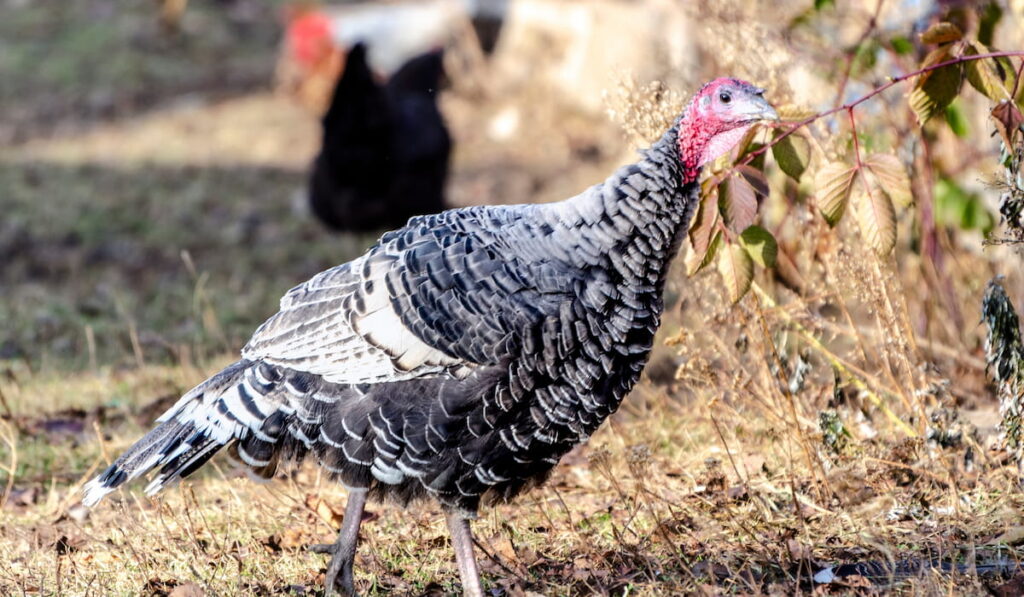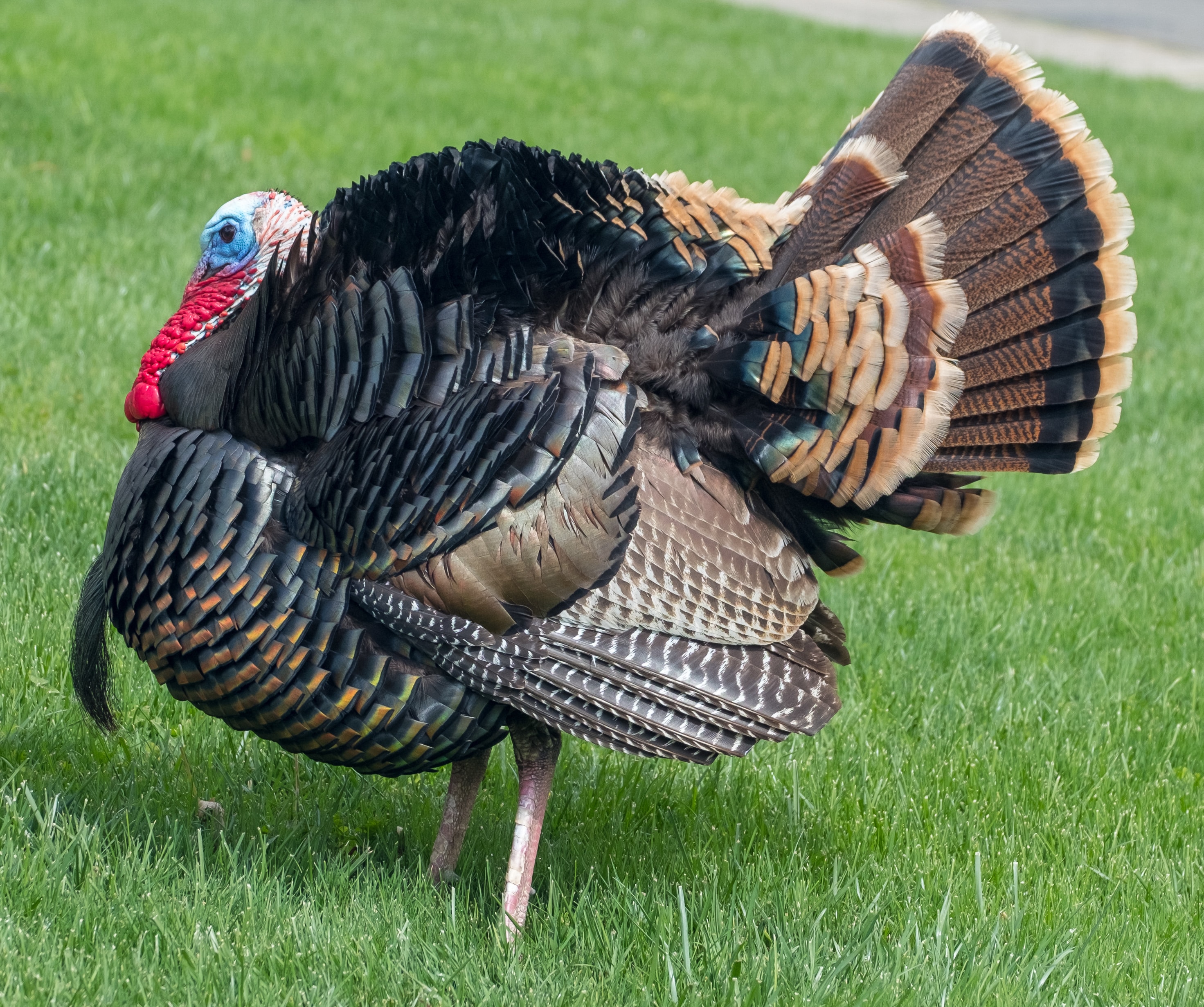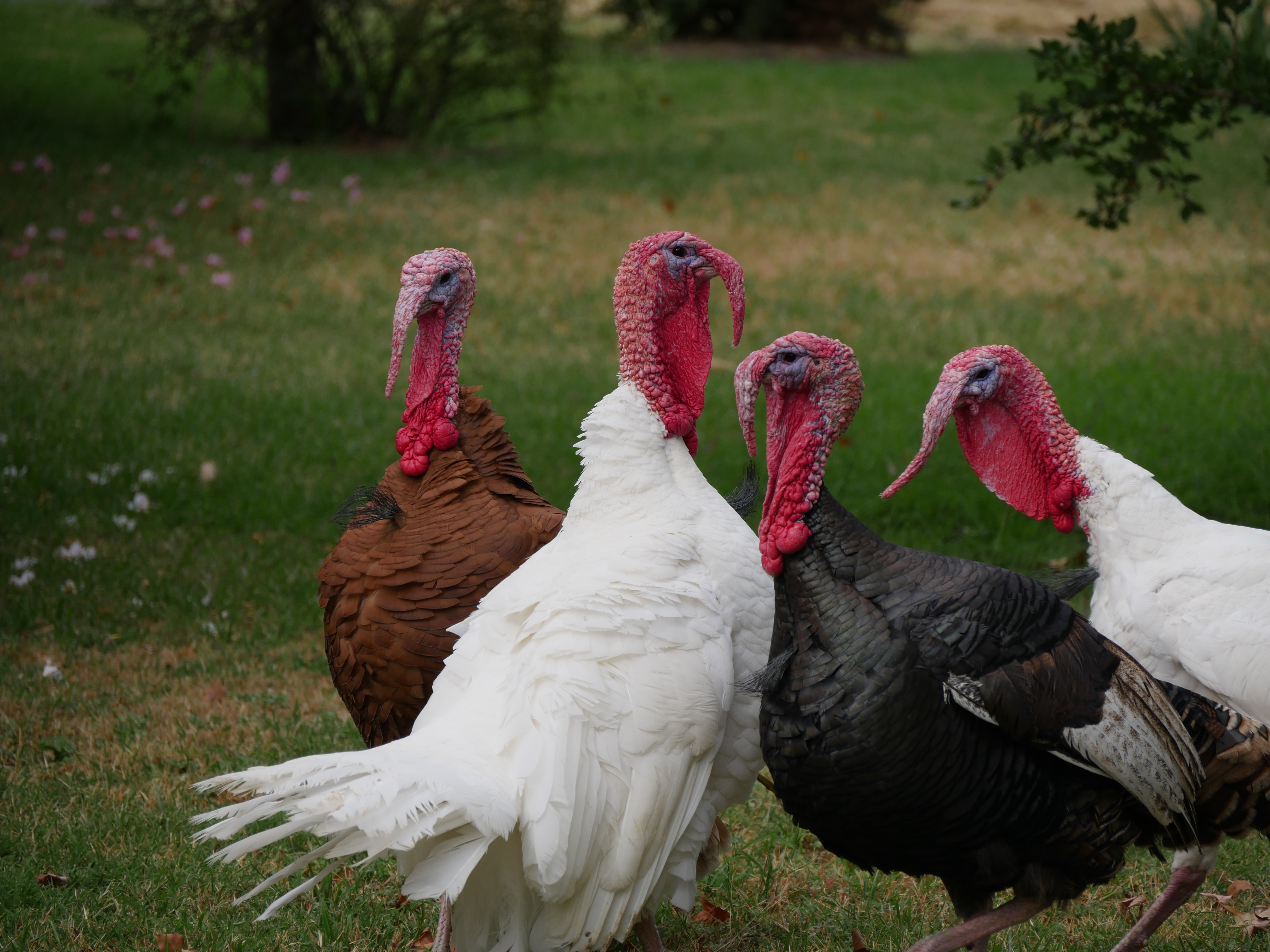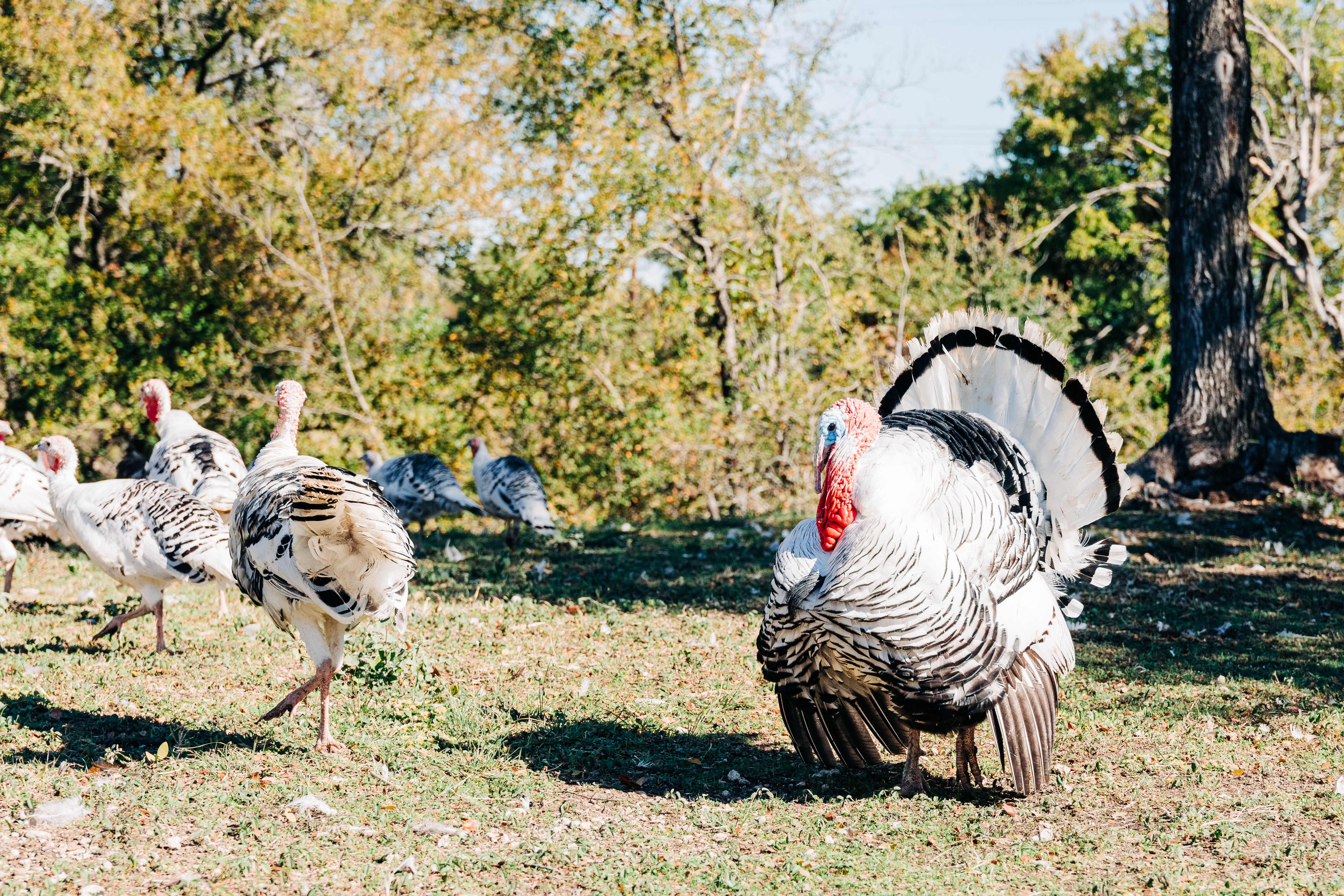When the festive season arrives, and the tantalizing scent of roasted turkey fills the air, many of us can't help but be intrigued by these fascinating creatures. Turkeys have a long history and hold cultural significance, but there's one question that often comes to mind: "What is a female turkey called?"
In this extensive blog post by Poultry Farm Guide, we will delve into the world of turkeys and uncover the mystery behind their unique terminology. From the names for both male and female turkeys to their distinct traits and captivating behaviors, we will explore the wonders of these majestic birds that have captivated human imagination for centuries.

Turkeys have earned a special place in our culture and history, from being the centerpiece of Thanksgiving feasts to symbolizing abundance and gratitude. Now, let's turn our attention to the female turkey.
The female turkey is commonly referred to as a "hen." The term "hen" is widely used for female birds in general, including chickens, ducks, and, of course, turkeys. Compared to male turkeys, hens are generally smaller and lighter.
Their plumage is also attractive, but it tends to be less colorful and lacks the impressive tail feathers seen in males. Hens play a crucial role in the turkey life cycle, as they incubate the eggs and raise the next generation of turkeys with great care. You can learn the basics of raising turkeys from scratch here.
People Also Read: How are Turkeys Slaughtered in The Factory Farm? Here Are the Four Steps
What is a Male Turkey Called?

A male turkey is commonly known as a "tom." However, they are also called "gobblers" due to their iconic gobbling calls, which resonate through, during mating season. Toms are larger and more brightly colored than female turkeys, with striking feathers that shimmer in the sunlight.
During the mating season, they proudly display their impressive tail feathers and puffed-up chests in a spectacular courtship dance to attract female turkeys.
What is a Young Turkey Called?
When a turkey reaches a certain age, it is no longer considered a chick, but it's not quite an adult either. At this intermediate stage, young turkeys are known as "poults." These adorable little creatures are incredibly vulnerable and rely on their parents for protection and care.
They are often seen following their mother in single-file lines, learning essential survival skills and the art of foraging for food.
People Also Read: How Many Eggs Does a Chicken Lay a Day?
What is a Baby Turkey Called?
The term "baby turkey" might bring to mind a specific word, but the truth is, it can be referred to in different ways. One of the most common names for a baby turkey is a "turkey chick." The hatching of turkey chicks is an incredible process to witness.
They emerge from their eggs with soft, downy feathers and quickly adapt to their surroundings. However, these cute little fluff balls remain reliant on their parents' guidance during their early stages of life.
What is a Group of Turkeys Called?
Turkeys, like many other animals, often come together in social groups. A group of turkeys is referred to as a "rafter" or a "gang." These gatherings can consist of varying numbers of turkeys, ranging from just a few individuals to larger gatherings of 20 or more birds.
When they roam through fields, you might spot a rafter of turkeys foraging for food or engaging in their distinct social behaviors.
People Also Read: What Should Be Inside a Chicken Coop?

How to Tell the Difference Between Male and Female Turkey
Distinguishing between male and female turkeys is not as challenging as you might think. Nature has bestowed these birds with distinct characteristics that help us identify their gender. Here are some key features to look for:
1. Size: Male turkeys, or toms, are generally larger than female turkeys, known as hens. Toms can weigh up to 25 pounds or more, while hens usually weigh between 8 to 12 pounds.
2. Feathers: During mating season, the difference between male and female turkeys becomes even more apparent. Male turkeys display brilliant plumage with iridescent feathers, whereas female turkeys have a more subdued coloration.
3. Head and Wattles: Male turkeys boast a fleshy, red growth on their necks called a "wattle" and a prominent snood, which is the flap of skin that hangs over their beak. Females also have wattles and snoods, but they are generally smaller and less vibrant.
4. Behavior: Toms are known for their vocal and showy behaviors during mating season. They gobble loudly to attract hens and perform elaborate courtship displays. Hens, on the other hand, tend to be more reserved and focused on caring for their young.
People Also Read: What is a Young Male Chicken Called?

Conclusion
As we wrap up our journey into the captivating world of turkeys, we've learned about the different names for female and male turkeys, as well as their young and baby counterparts. From the magnificent courtship dances of male turkeys to the endearing sight of turkey chicks following their mother, these birds have a unique place in nature.
Next time you hear the resonating gobble of a tom or spot a rafter of turkeys moving gracefully through the field, you'll have a deeper appreciation for the intricate lives of these remarkable creatures.
Need a website or other IT services? Visit our website!
Share on Twitter Share on Facebook
Comments
There are currently no comments
New Comment